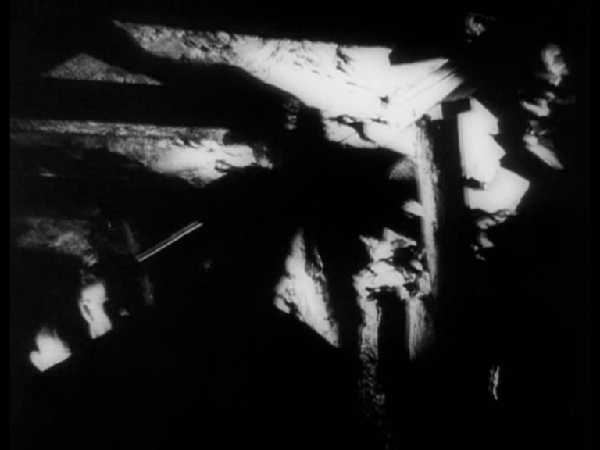Search the Community
Showing results for tags '30s'.
-
Hello everyone, I've got some questions about materials and push-processing in the 30s. I'm working on a the British documentary "Coal Face" (1935) by GPO film unit. There is quite a bit of information on GPO in general but almost nothing on that particular film. I studied photography, so I could tell just looking at the film that some parts of it were heavily pushed. Since it's a scientific paper I can't just "know" it's the case, I have to bring arguments in favour of it. And while I know that the extreme graininess and high contrast are good indicators for push-processing, it would be even better if I could find further proof, and that's where my questions start. I'll include two screenshots from the film, that demonstrate the huge difference in quality. The first screenshot is from a scene above ground inside a building whereas the second was made in a coal mine. According to one of my sources [Enticknap, Leo. "Technology and the GPO Film Unit" The Projection of Britain: A History of the GPO Film Unit. Eds. Scott Anthony and James G. Mansell. London: Palgrave Macmillan on behalf of British Film Institute, 2011. 188-198.], the camera used by GPO was a Autokine with a 50mm/2in lens with a minimum aperture of f1.9, most likely one of these: https://www.scienceandsociety.co.uk/results.asp?image=10405810 Does anyone know where I could find out which stock they used? At the time most likely panchromatic, but that's about as far as I got. The other thing is, I found lots of information for photography and push-processing but next to nothing on film and push-processing, though I'm assuming it must have been quite common, especially in the documentary movement. If anyone knows of any (quotable) source for this kind of information, it would be a great help. I found some websites but a published book or an article in a journal is always preferable. Thanks a lot!
- 4 replies
-
- historical
- 30s
-
(and 3 more)
Tagged with:



